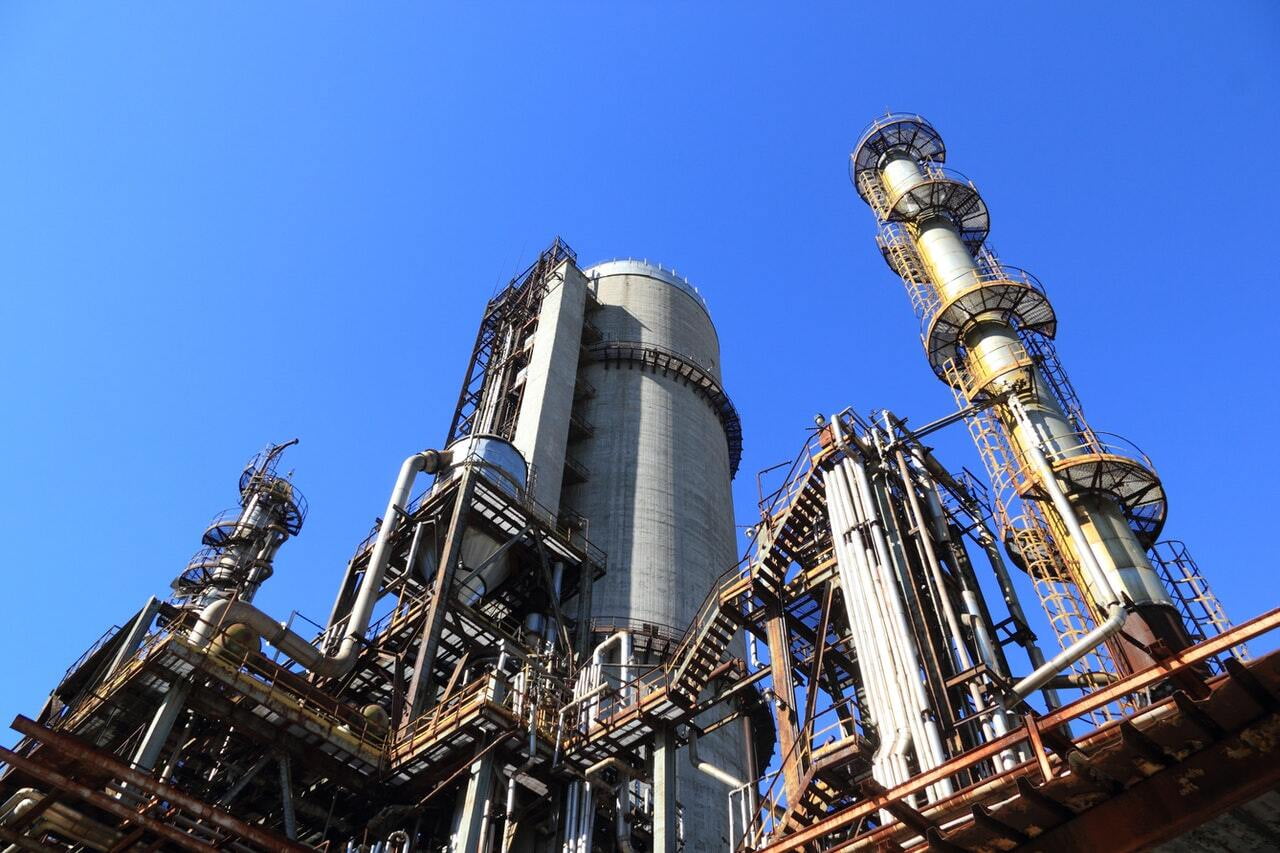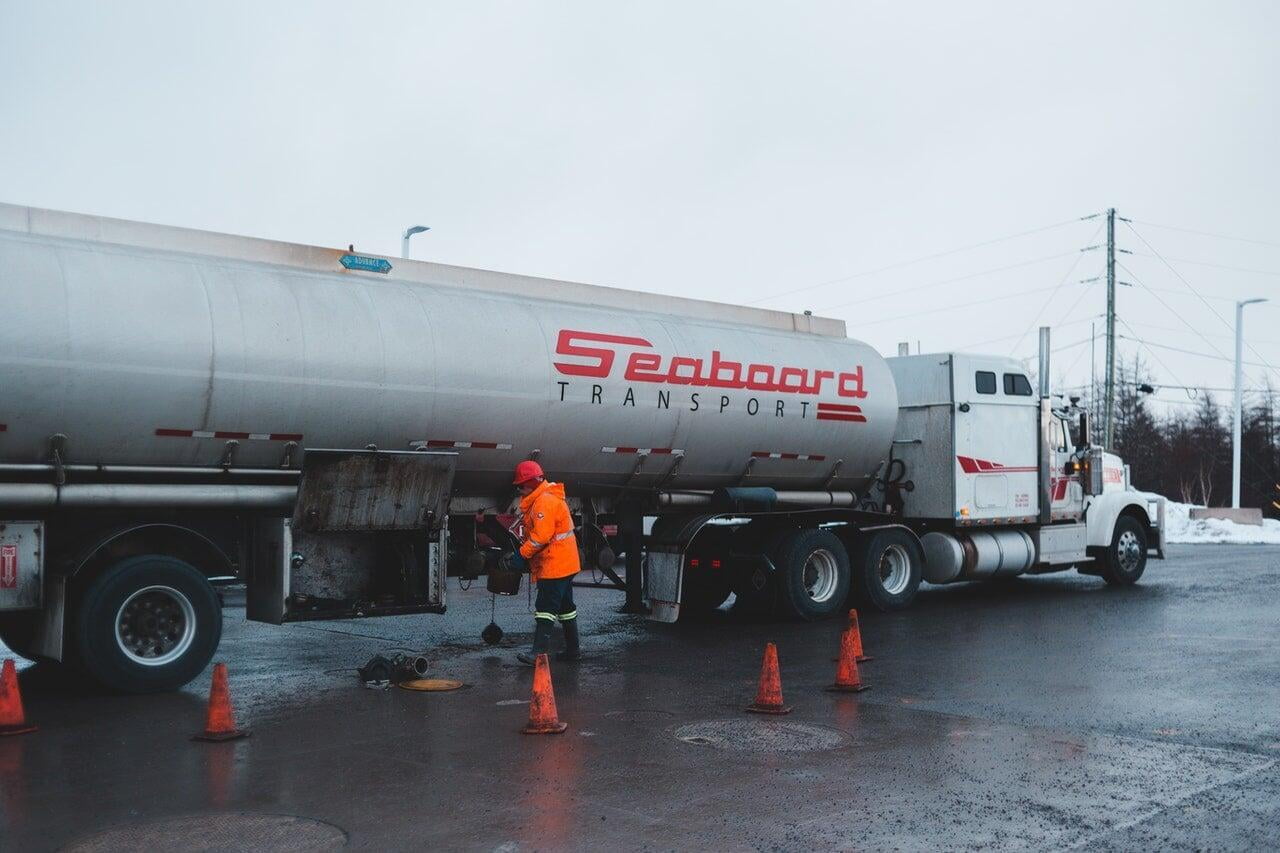Confined Spaces
New legislation came into effect on 28th January 1997 regarding entry into confined spaces, the Confined Spaces Regulations 1997. The new Regulations make an attempt at defining what a Confined Space might be by stating it is: “any place, including any chamber, vat, silo, pit, trench, pipe, sewer, flue, well or other similar space in which, by virtue of its enclosed nature, there arises a reasonably foreseeable specified risk”. This list could be extended to include tanker bodies, open topped chambers (especially on sites where land fill gases could accumulate), chemical tankers and combustion chambers where access is require to maintain brick liners for example.

To delve deeper into the more complex issues involved one must look at the document produced by the HSE titled "Safe Working in Confined Spaces Approved Code of Practice, Regulations and Guidance".
All employers of people who may have to enter and work in a confined space hold a duty to ensure compliance with the Regulations not just for their own employees but also for work carried out by contractors under their control.
A key requirement of the regulations is to prevent entry into a confined space, for any purpose, but if it is not reasonably practical to achieve this, then it is the duty of the employer or self employed to assess the risks involved by taking into account a number of factors.
These factors include establishing what the previous contents of the “Confined Space” were, what residues might still be present, and what contamination problems might arise.

Other risk factors are the use of cleaning chemicals and sources of ignition such as welding, igniting flammable gases, vapours, dust, plastics and other materials which might burn leading to an explosion. Finally, there could be a possible risk of substances from nearby processes and services entering the confined space leading to ingress, Carbon Monoxide, or Nitrogen Dioxide present in the exhaust of combustion gases or production of Hydrogen Sulphide from decomposition of organic materials.
When it is not reasonable to prevent entry, and the work within the confined space cannot be avoided, then the person in control has to ensure that a system of work is put into practice, which, in relation to any of the specified risks listed previously, renders the work safe and without risks to health.

The main elements which need to be considered will include adequate supervision, competence of the workers, communications, testing and monitoring the atmosphere with a gas detector, access and egress, lighting, fire prevention, rescue procedures, personal protection equipment; all of which may form the basis of a permit to work system.
In short, the Confined Space Regulations require employers to take responsibility for assessing risks, providing emergency arrangements and safe system of work along with equipment and training in order to attempt to reduce the numbers of fatal or near fatal incidents which occur each year. The official figures from the HSE indicate that on average, 15 people every year in the UK die whilst working in confined spaces. This happens across a wide range of industries and can be considered the most basic requirement for portable gas detectors.

